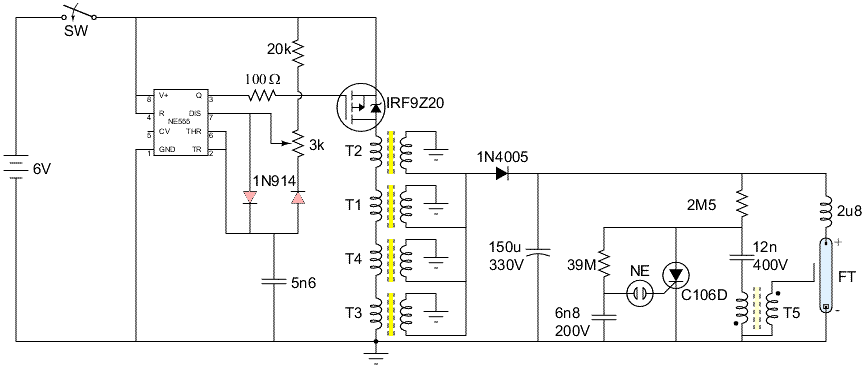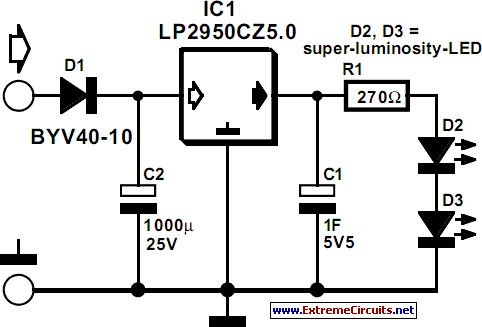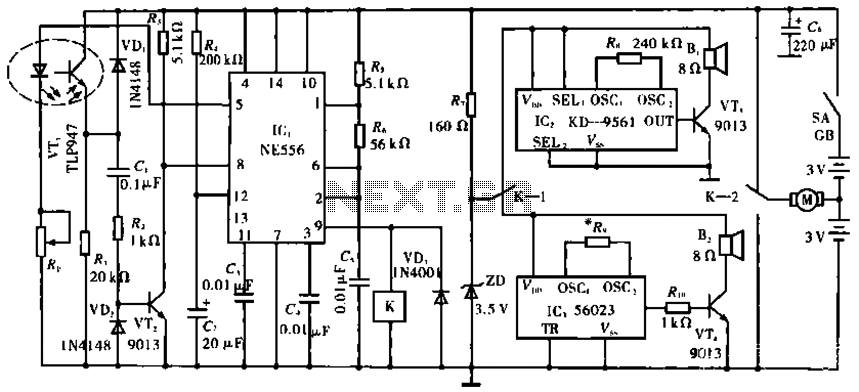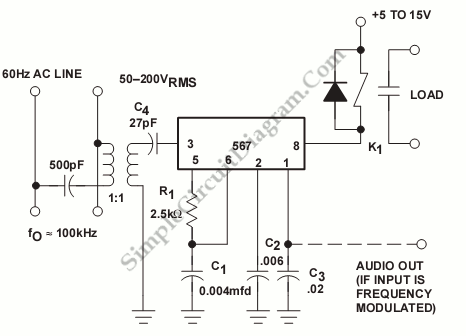
Luxury Car Interior Light Dimmer
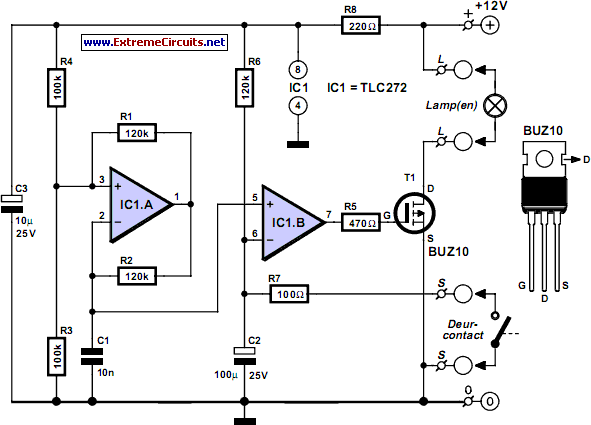
This circuit is relatively simple yet valuable, as it offers a high-quality interior light delay feature.
The circuit for the interior light delay is designed to control the duration for which the interior lights remain illuminated after a door is closed or the ignition is turned off. It typically utilizes a combination of resistors, capacitors, and a transistor or relay to achieve the desired delay effect.
The core of the circuit involves a timing element, which can be implemented using an RC (resistor-capacitor) network. When the triggering event occurs—such as the closing of a door—the capacitor begins to charge through the resistor. The time it takes for the capacitor to reach a certain voltage level determines how long the lights will stay on. Once the threshold voltage is reached, the transistor or relay is activated, turning off the lights.
In more advanced designs, an integrated circuit (IC) may be employed to provide more precise timing control and additional features, such as adjustable delay settings or the ability to control multiple light sources. The circuit can be powered by the vehicle's battery, and it is essential to include protection components, such as diodes, to prevent back EMF from damaging the circuit when using inductive loads like relays.
Overall, this interior light delay circuit enhances the convenience and functionality of a vehicle's lighting system, ensuring that lights remain on for an appropriate period after the user has exited the vehicle.This circuit is much more modest, but certainly still worth the effort. It provides a high quality interior light delay. This is a feature that is include.. 🔗 External reference
The circuit for the interior light delay is designed to control the duration for which the interior lights remain illuminated after a door is closed or the ignition is turned off. It typically utilizes a combination of resistors, capacitors, and a transistor or relay to achieve the desired delay effect.
The core of the circuit involves a timing element, which can be implemented using an RC (resistor-capacitor) network. When the triggering event occurs—such as the closing of a door—the capacitor begins to charge through the resistor. The time it takes for the capacitor to reach a certain voltage level determines how long the lights will stay on. Once the threshold voltage is reached, the transistor or relay is activated, turning off the lights.
In more advanced designs, an integrated circuit (IC) may be employed to provide more precise timing control and additional features, such as adjustable delay settings or the ability to control multiple light sources. The circuit can be powered by the vehicle's battery, and it is essential to include protection components, such as diodes, to prevent back EMF from damaging the circuit when using inductive loads like relays.
Overall, this interior light delay circuit enhances the convenience and functionality of a vehicle's lighting system, ensuring that lights remain on for an appropriate period after the user has exited the vehicle.This circuit is much more modest, but certainly still worth the effort. It provides a high quality interior light delay. This is a feature that is include.. 🔗 External reference
